Advertisement :
The History of The Indian Currency Notes
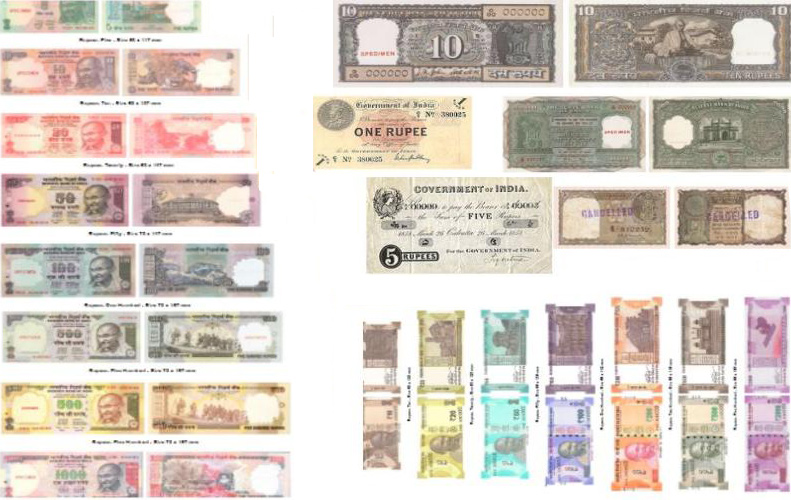
Advertisement :
Everything You Need To Know About The History Of Indian Currency
The word "rupee" originates from the Sanskrit term rupyakam, meaning a silver coin. Its modern form traces back to rupiya, which was first introduced by Sher Shah Suri during his reign from 1540 to 1545. The coin was made of silver and weighed 178 grains (about 7.3 grams). This system of coinage helped establish the foundation for the Indian rupee.
The History Of Indian Currency
During British colonial rule, the rupee became India's standard currency, with the British East India Company issuing coins. After India gained independence in 1947, the Reserve Bank of India (RBI) became the sole issuer of currency. The RBI issues currency notes under the Reserve Bank of India Act of 1934. Over the years, the design and security features of the rupee have evolved, but its significance as the country's official currency remains unchanged. Today, the rupee symbolizes India's economy and is widely used in global trade and finance.
1800-1850:
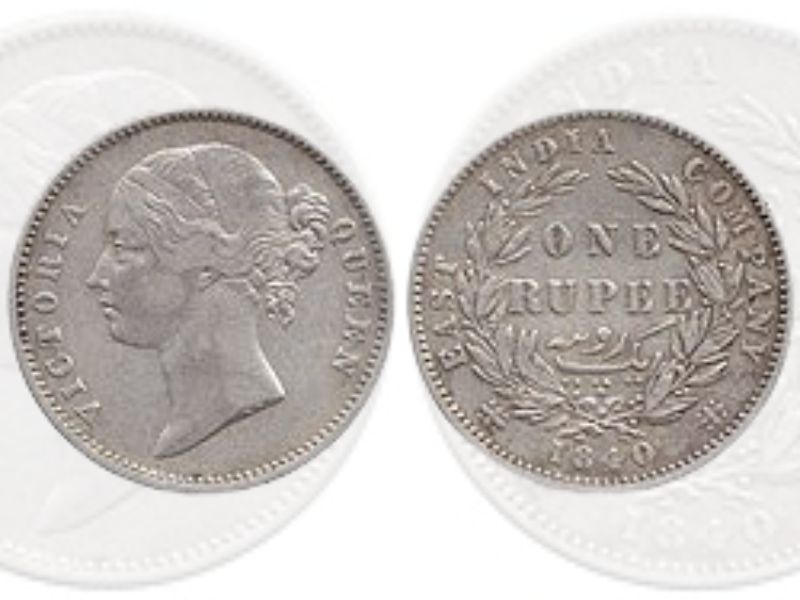
The use of notes in India was very limited from 1800 to 1850. During this century, coins were mainly used in India. These coins were made of silver, gold, copper, and other metals. During the British Raj, various states and rulers in India printed their currency, but these coins were recognized locally. Apart from this, bills of exchange, a system thousands of years old, and other paper documents were also used for business transactions. The circulation of paper notes in India started in the mid-19th century when British rule introduced them. During British rule, institutions like the Reserve Bank of India existed in the late 18th century, but the circulation of notes increased in the 19th century.
1850-1900:
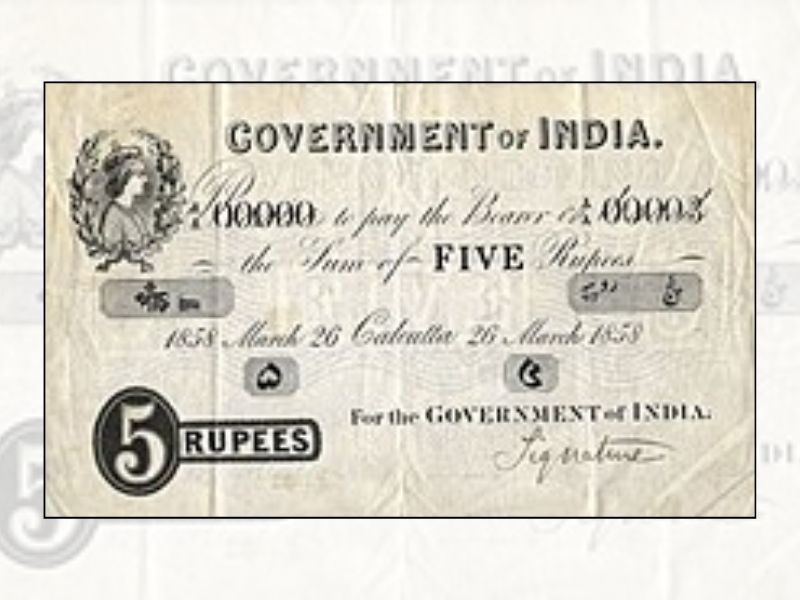
Advertisement :
The history of Indian notes between 1850 and 1900 was eventful. In 1850, the Reserve Bank of India introduced paper notes under British rule. The Indian Paper Currency Act came into force in 1861, giving the government the right to issue paper notes. The first notes bore the imprint of British officials and were valued in different denominations. In 1899, notes of 'The Central Bank of India' and 'National Bank' also came into circulation in India. These notes were aimed at bringing stability to the Indian economy and strengthening the currency system.
1900-1947:
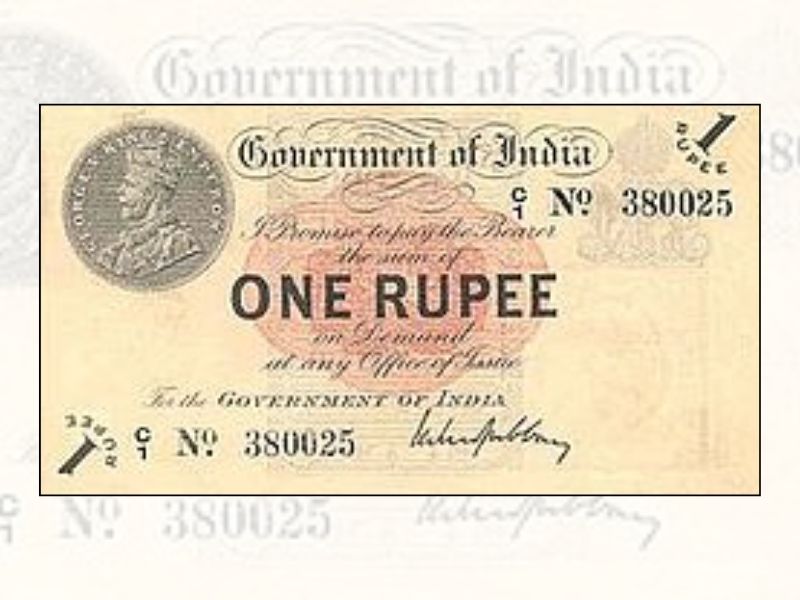
Notes were introduced in India during British rule between 1900 and 1947. In 1861, under the "Indian Paper Currency Act," the Government of India gained the authority to issue paper currency, which led various banks to begin printing notes. By 1900, many private banks in India were also printing notes, but these were only valid in limited areas.
After the establishment of the Reserve Bank of India (RBI) in 1935, the RBI obtained the exclusive right to print notes, and it began issuing its own currency from that year. These notes primarily featured images of British rulers, with "Reserve Bank of India" and "Government of India" written in English. During World War II, additional notes were printed to increase the money supply.
Following India’s independence in 1947, significant changes were made to the design of Indian notes. British symbols were removed and replaced with Indian symbols and elements reflecting the country’s historical heritage.
1947-1950:
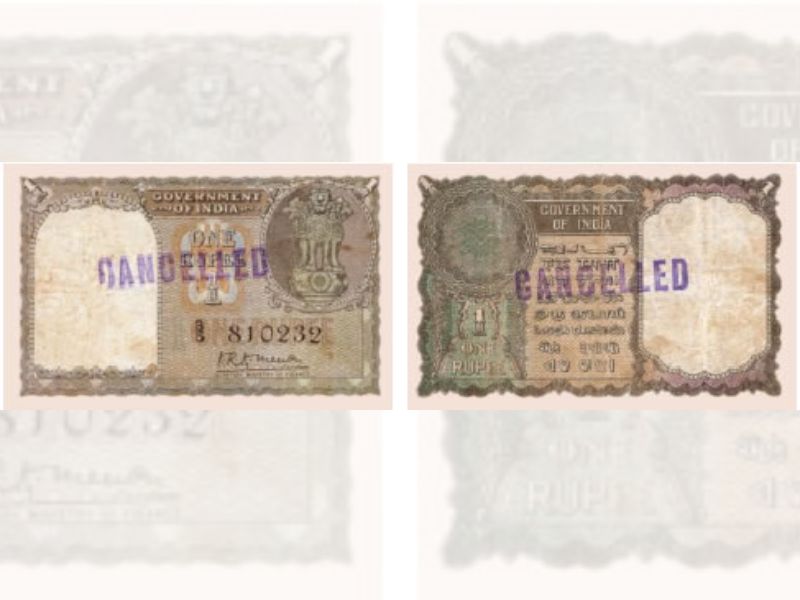
Between 1947 and 1950, notes were introduced in India after independence. India gained independence from British rule on 15 August 1947, and after this, the Reserve Bank of India (RBI) took control of the Indian currency. The design of Indian notes also changed in 1947, and in 1949 the Reserve Bank of India started printing notes issued by the Government of India. The first round of printing of notes was Rs 2, Rs 5, Rs 10, Rs 100, and Rs 1000. These notes did not have the emblem of the Government of India and the picture of Mahatma Gandhi but followed the design that had been in place since the British rule of that time. Notes with the picture of Mahatma Gandhi were introduced in 1950, which proved to be an important milestone in the history of Indian currency.
1950-1996:
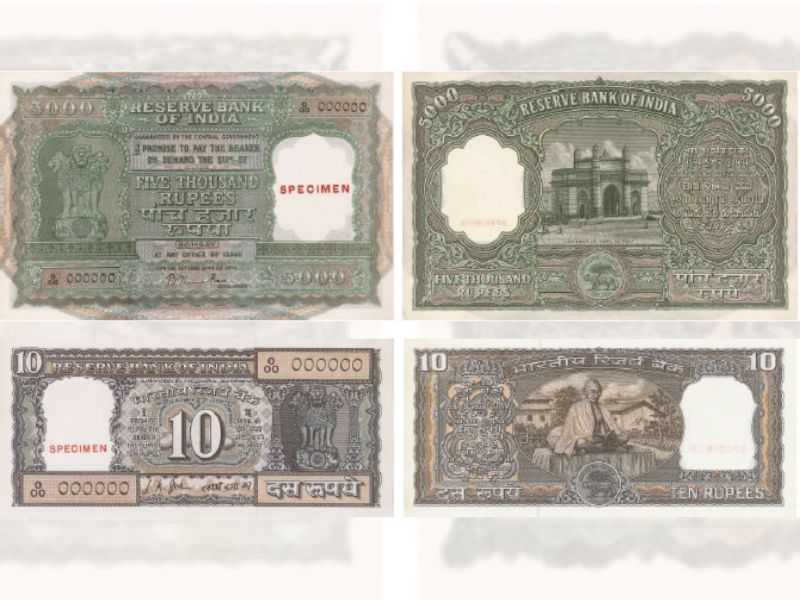
From 1950 to 1996, Indian currency notes went through several significant changes. In 1950, notes with Mahatma Gandhi's picture were introduced, which was an important milestone in Indian currency. Initially, these notes had Gandhi's image on them and were available in various denominations, such as Rs 2, Rs 5, Rs 10, Rs 100, and Rs 1000. In 1967, the design of the notes was changed, and new security features such as watermarks and better printing techniques were introduced. In the 1980s, Rs 500 and Rs 1000 notes were also issued, aimed at facilitating transactions of higher denominations. In 1996, the Reserve Bank of India introduced new note designs under the Mahatma Gandhi series, which incorporated more stringent security measures, such as security thread and microprinting. Thus, from 1950 to 1996, there were many significant changes in the printing and design of Indian currency notes, which were done to make the Indian currency more secure and effective.
Advertisement :
1996- 2016:
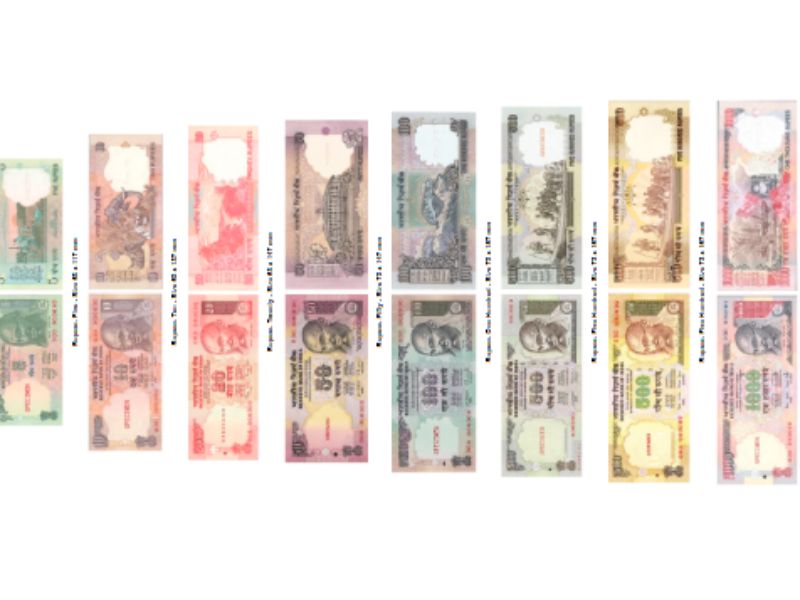
From 1996 to 2016, Indian currency notes underwent several significant changes, including improved security measures and design. In 1996 the Reserve Bank of India introduced the Mahatma Gandhi series, issuing new Rs. 10, Rs. 20, Rs. 50, Rs. 100, Rs. 500, and Rs. 1000 notes. These notes prominently featured Mahatma Gandhi's image and were adorned with advanced security features such as security thread, watermarks, microprinting, and hidden designs. A new design of the Rs. 500 note was introduced in the 2000s, and a Rs. 2000 note was also issued. A new design of the Rs. 100 note was released in 2014, adding more security features. During demonetization in 2016, old Rs 500 and Rs 1000 notes were demonetized and replaced with new Rs 500 and Rs 2000 notes with advanced security features like changing color, security thread, and micro lettering. During this period, the Indian currency system saw significant improvements in both design and security aspects.
2016 to Present:
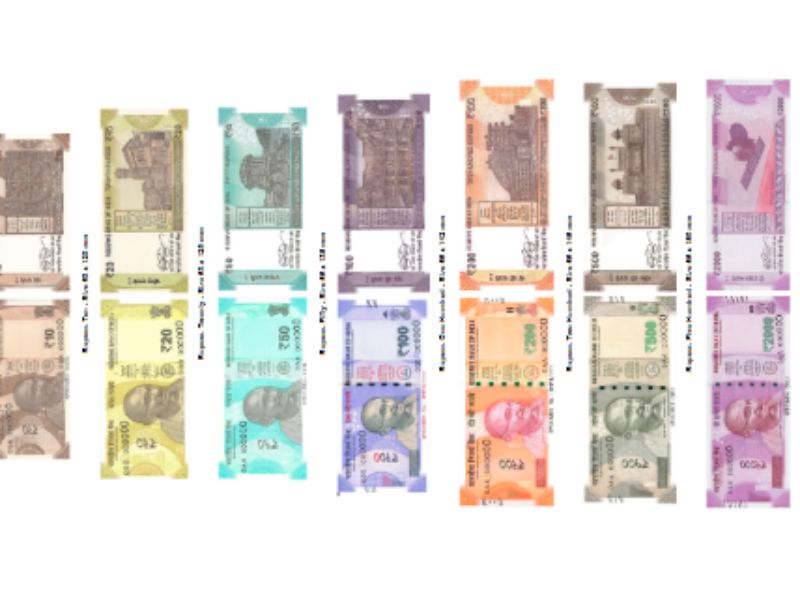
Since 2016, there have been many changes in the Indian currency. After demonetization in 2016, new ₹500 and ₹2000 notes were issued to replace the old ₹500 and ₹1000 notes. After this, a ₹200 note was also issued in 2017. The design and security features of these notes have been improved.
The History of The Indian Currency Notes




